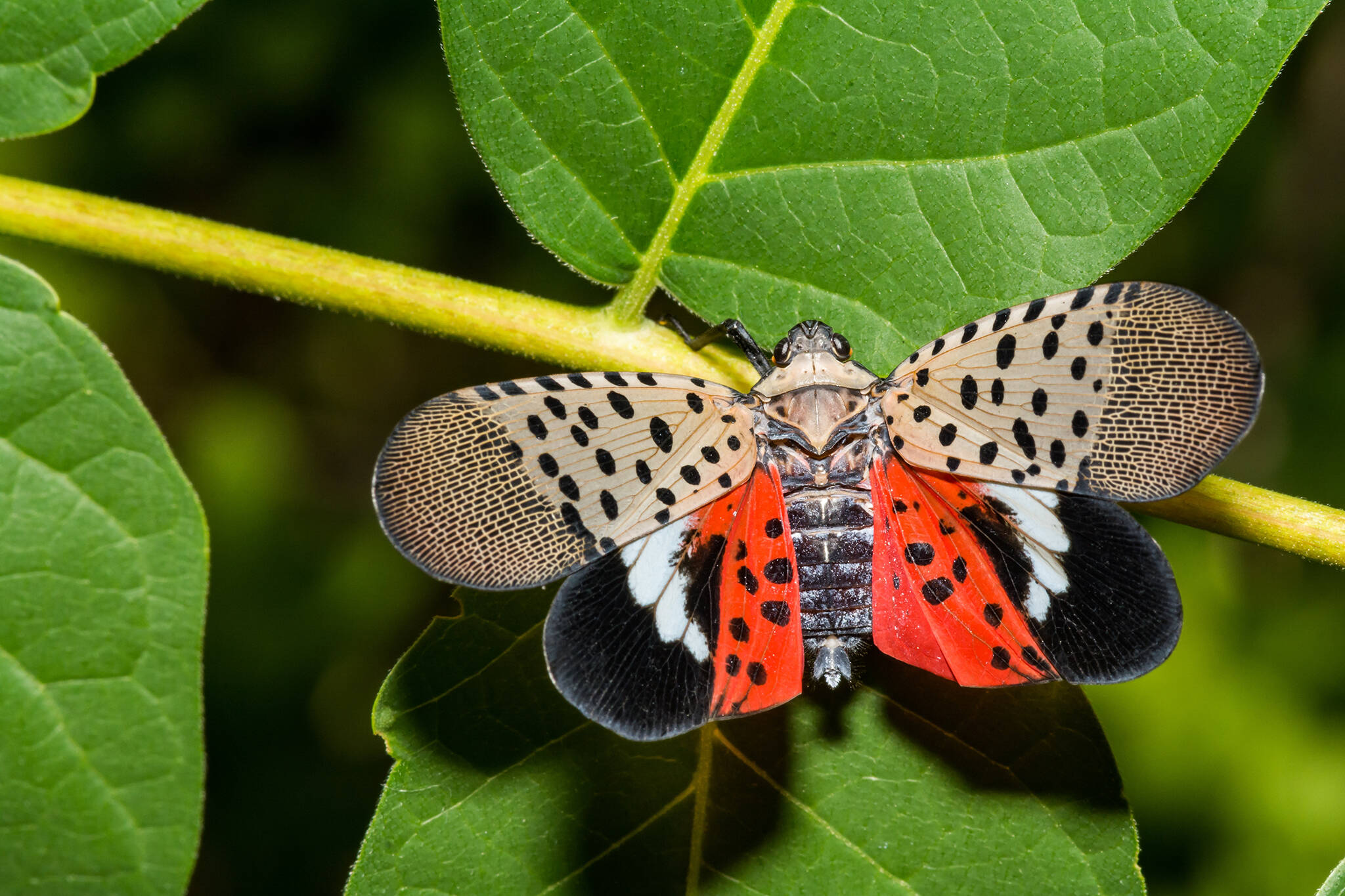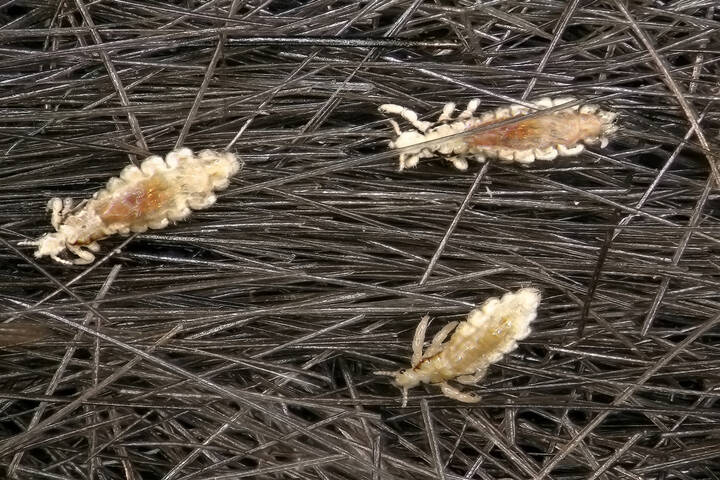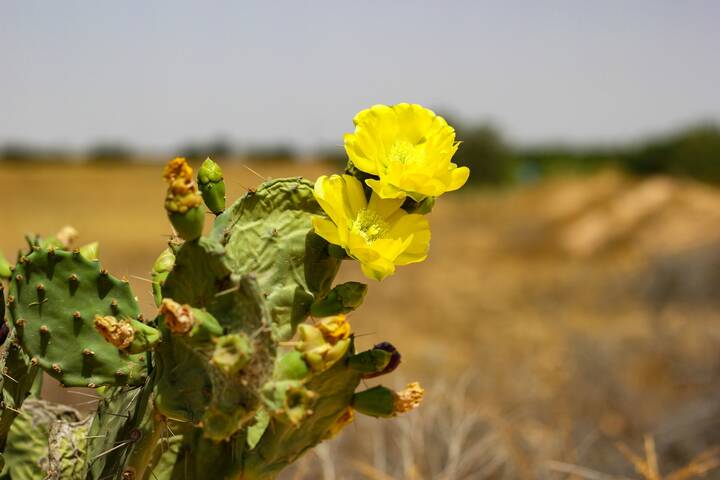
Ontario on the defensive as destructive new invasive pest lurks across border
A destructive menace known as the spotted lanternfly lurks just across the Ontario-U.S. border, and though our defensive lines are holding, these invaders still threaten to lay waste to the province if even just a few make it across.
And it's your duty as a Canadian citizen to report and kill these unwelcome invaders on sight.
It's not a redux of the historic War of 1812 or a modified plot of the 1995 satire flick Canadian Bacon, but an entirely new threat from south of the border — a fast-spreading arthropod known for its colourful red and black markings.
Originally native to China, the spotted lanternfly (lycorma delicatula) has been on the loose in the northeastern United States since 2014, and its invasive range now extends to Ontario's doorstep, with recorded infestations moving closer and closer to the proverbial front lines.
The North American invasion was first discovered in Pennsylvania almost a decade ago, and the species has since been noted in a dozen U.S. states, including incursions into New York State in 2020, and Michigan in 2022.
They can now be found as close as Buffalo, NY.
If you camp in the United States 🇺🇸 or near its border, look out for the #SpottedLanternfly.
— Canadian Food Inspection Agency (@InspectionCan) August 16, 2023
It is important to prevent this pest from entering #Canada.
Check your vehicle, and any camping or outdoor equipment before you return.https://t.co/gfAt7OW0qK pic.twitter.com/gzd2BOY7Dq
If it manages to penetrate our nation's defences, the species poses untold ecological damage, including a particular threat to Ontario's $5.9 billion grape and wine industry. The spotted lanternfly feeds on over 100 plant species, including grapevines, and their preferred host, tree-of-heaven.
If left unchecked, the insects could cause up to $530 billion in crop disasters affecting fruit orchards and other agriculture.
Wine-producing regions of Ontario like Prince Edward County — will mark the inevitable frontlines in what is expected to be a battle of the ages for the province's agricultural sector. That region recently hosted a public information workshop to brief locals on the threats posed by the insect.
The species threatens vineyards via its feeding habits, where swarms of the insects descend on a host plant and excrete a sticky, sugar-laden ooze called honeydew, fostering mould growth on plants.
"Though not yet detected in Canada, it is of crucial importance for all of us to be on the lookout for spotted lanternfly now, as it could arrive at any time," says Emily Posteraro, Program Development Coordinator at the Invasive Species Centre.
"Knowing how to recognize and report spotted lanternfly can enable early detection and rapid response and decrease the risk of impact to Ontario's vineyards, orchards, and forests," continued Posteraro.
So, what should you do if you encounter one of these critters? A positive ID is the most crucial step, and several apps are available that can identify insects based on photos.
If you're sure that you have a spotted lanternfly before you, experts recommend that you document it, kill it in whichever fashion you see fit, and even bag a sample for confirmation by invasive species authorities.
No mercy for these little critters.
Jay Ondreicka/Shutterstock
Latest Videos
Latest Videos
Join the conversation Load comments







